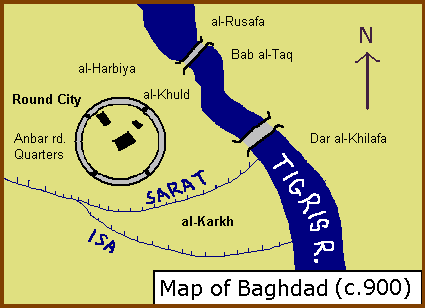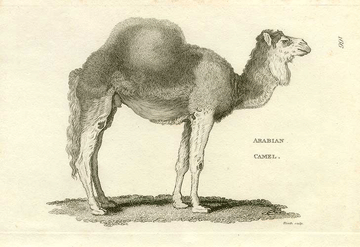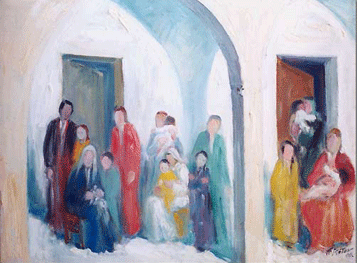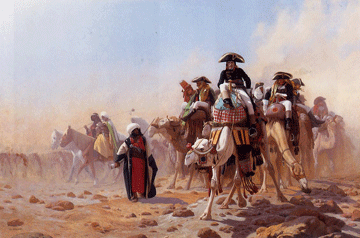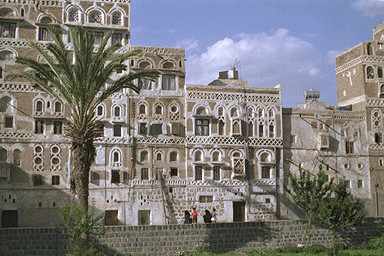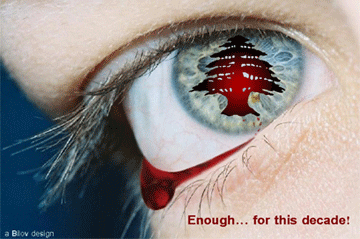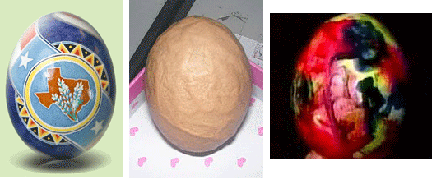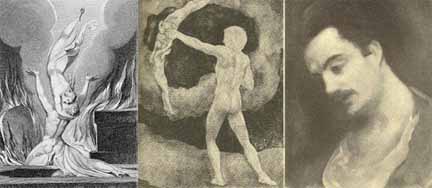
By George Nicolas El-Hage
Poetry and art are twins. Both are the offspring of suffering and joy. Gibran translated Blake’s “Innocence and Experience” into a “Tear and a Smile.” Nevertheless, the unending drama of human existence unfolds itself in the pages of both men. Only the elected and gifted soul is capable of creativity, of reading the world differently, and of rebelling against evil clothed in a lamb’s garment. Art knows no boundaries. It transcends all national limits and is only satisfied with the universal. There, time and place lose their ability to imprison the artist in a closed cell. The inspired poet becomes a winged soul floating over life, embracing the infinite. It is in the midst of this vast expanse where the responsibility of the artist becomes eternal and his mission turns holy that we can speak of Kahlil Gibran and William Blake together. Continue reading Gibran Kahlil Gibran: A Timeless and Universal Vision
